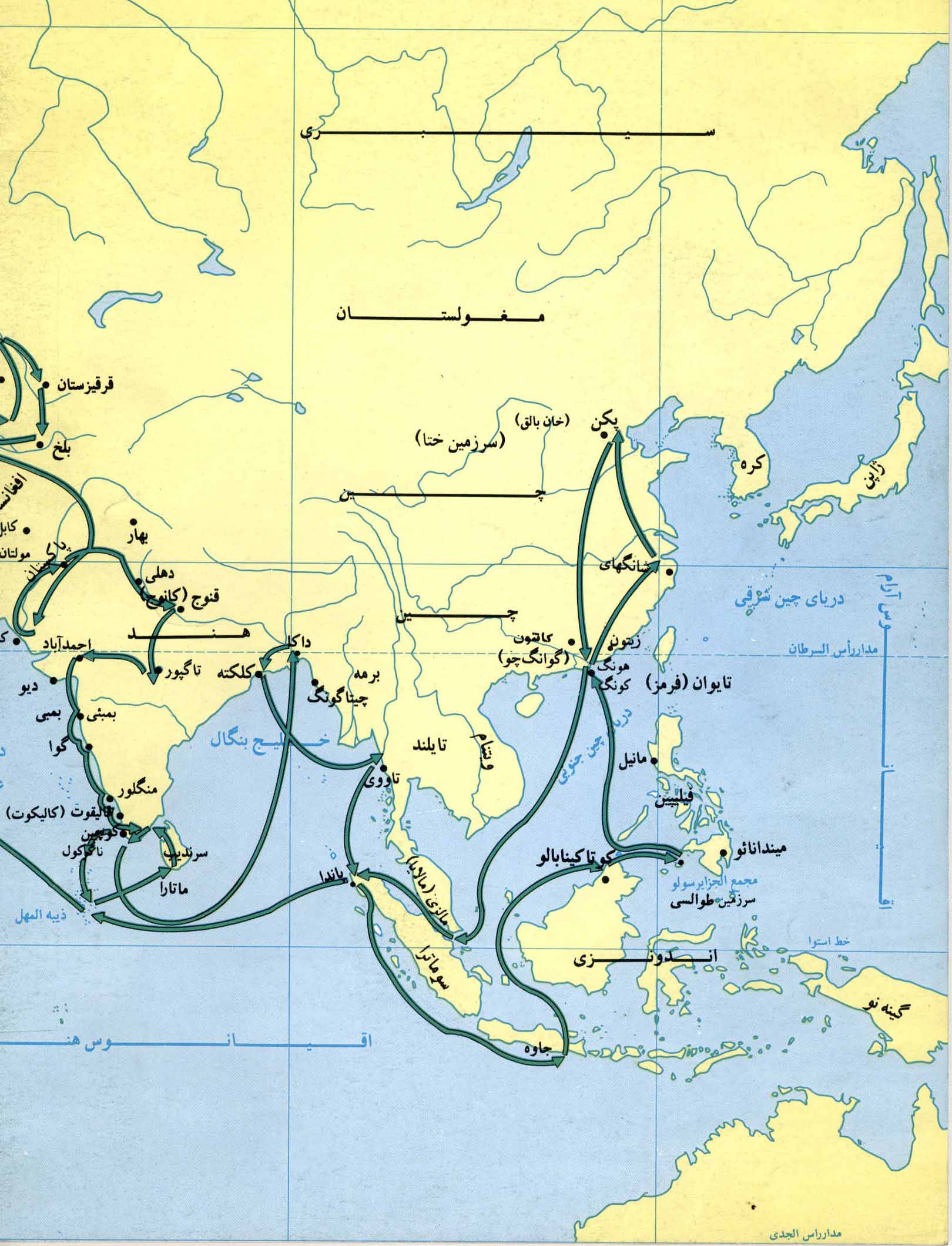Document Type : Research Paper
Author
Associate Professor of Urban planning, Malek-Ashtar University of Technolog
Abstract
In the map and image printing process, several factors contribute to the reduction of accuracy and esthetic appeal. In fine print works, half-tone points have a diameter of about 0.2 millimeters; these points, like many small objects, undergo deformation and gain complexity on the big-world, human and physical scales. When pixels and half-tone points are transmitted from address network to print page, mathematical shapes are affected by physical machines. Lithography, printing process and mechanical complications are also added. These disturbances affect the final image, and the degree of this effect depends on the nature of the half-tone structure, the nature of the
image and the physical process.
In order to avoid any increase of half-tone disadvantages, awareness of the factors affecting the image is necessary. Here the various sections of the common method are reviewed briefly.

